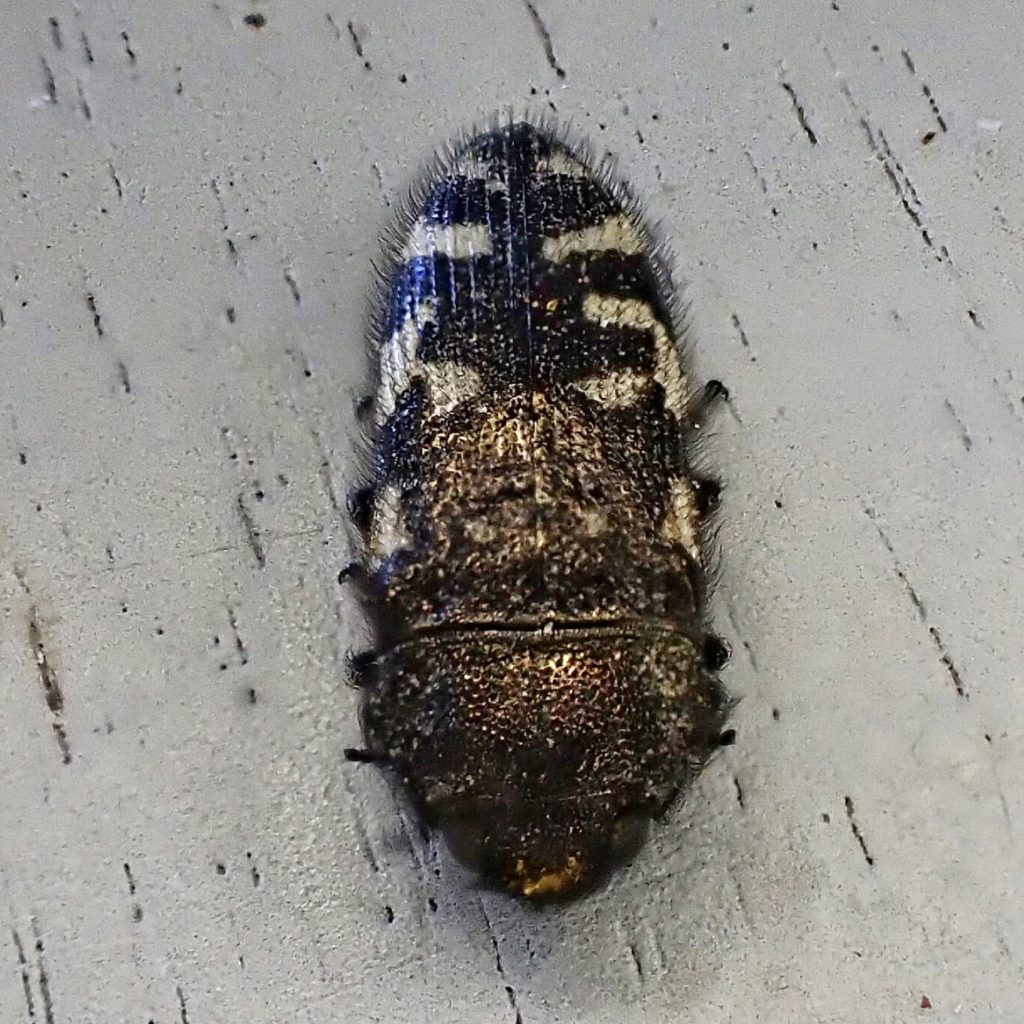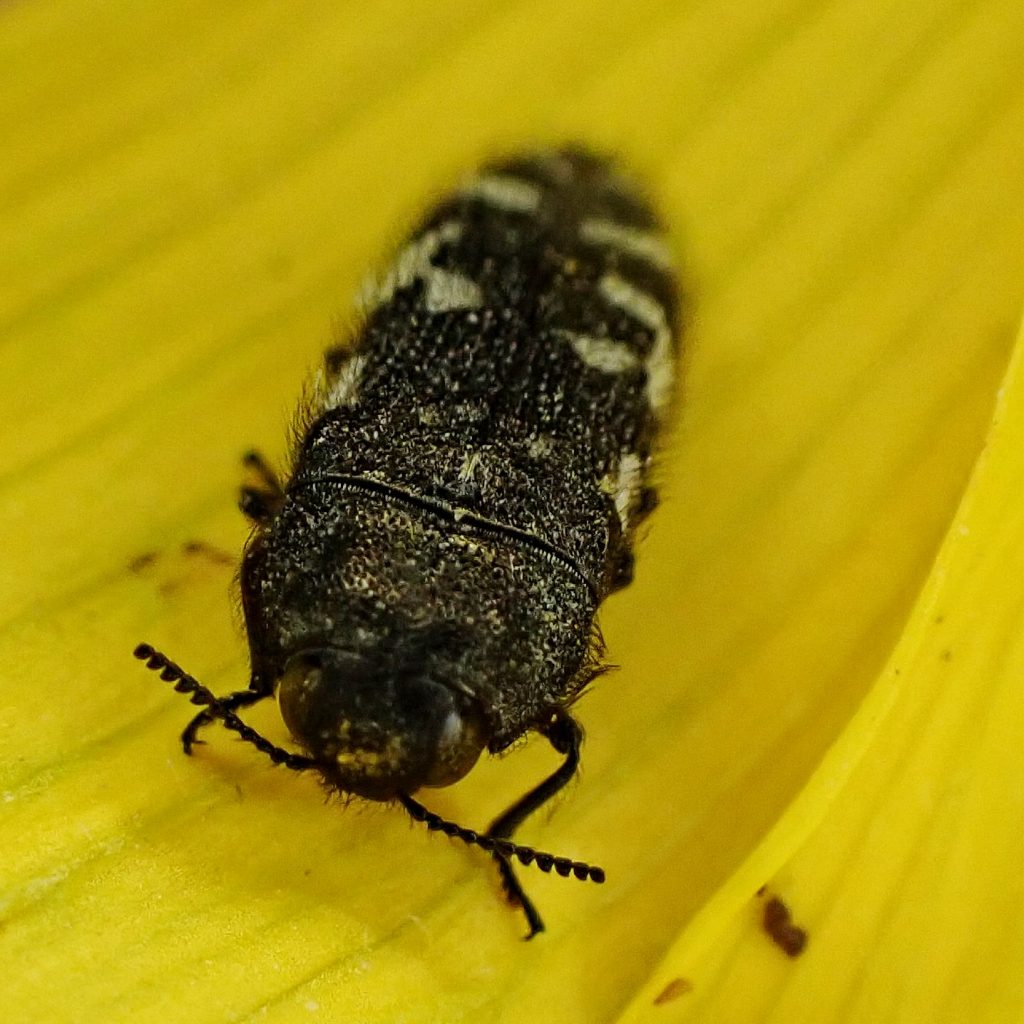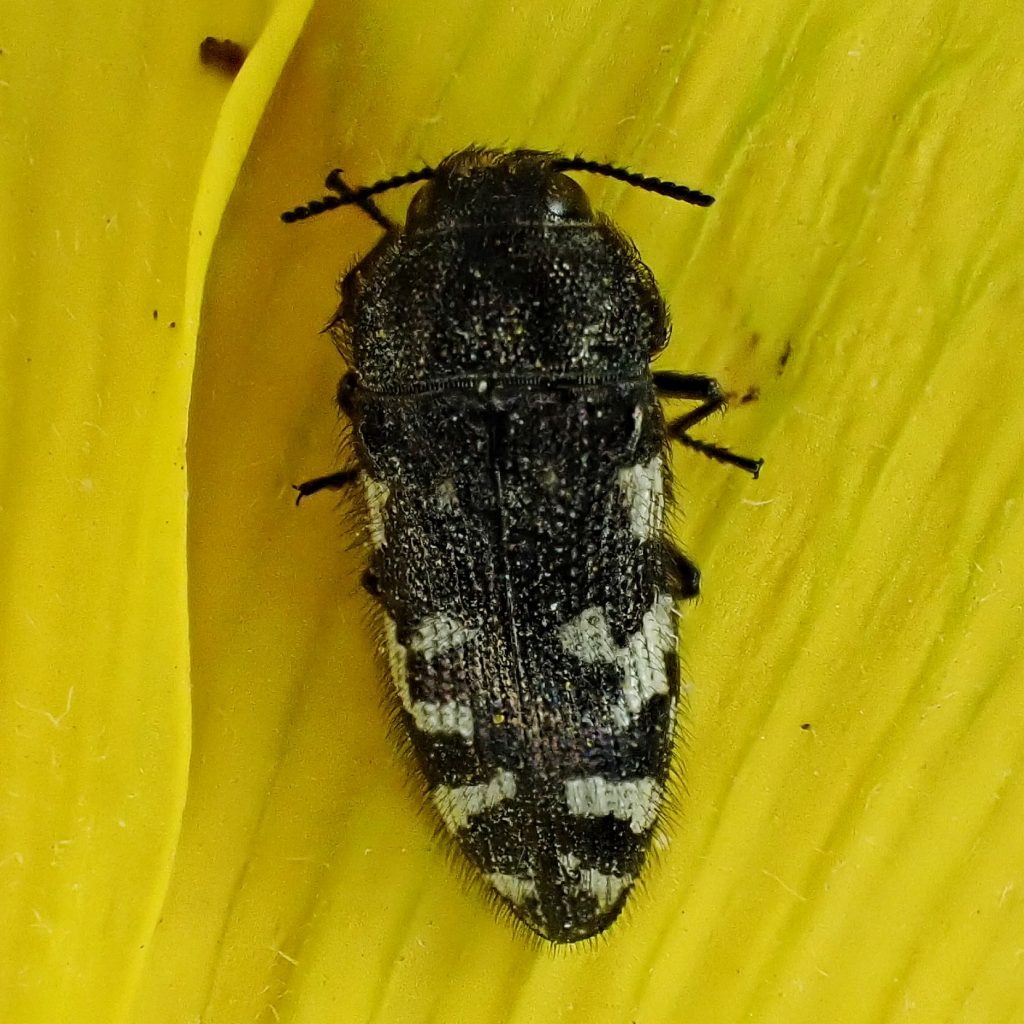
This is an interesting little Buprestid (jewel beetles). This genus has an unusual structure where the elytra are fused in the center, which limits the range of motion of the hindwings. This odd wing position, coupled with the white or yellow elytral markings sported by many species, give some of these beetles a very wasplike appearance, a bit of mimicry that is bound to be useful.
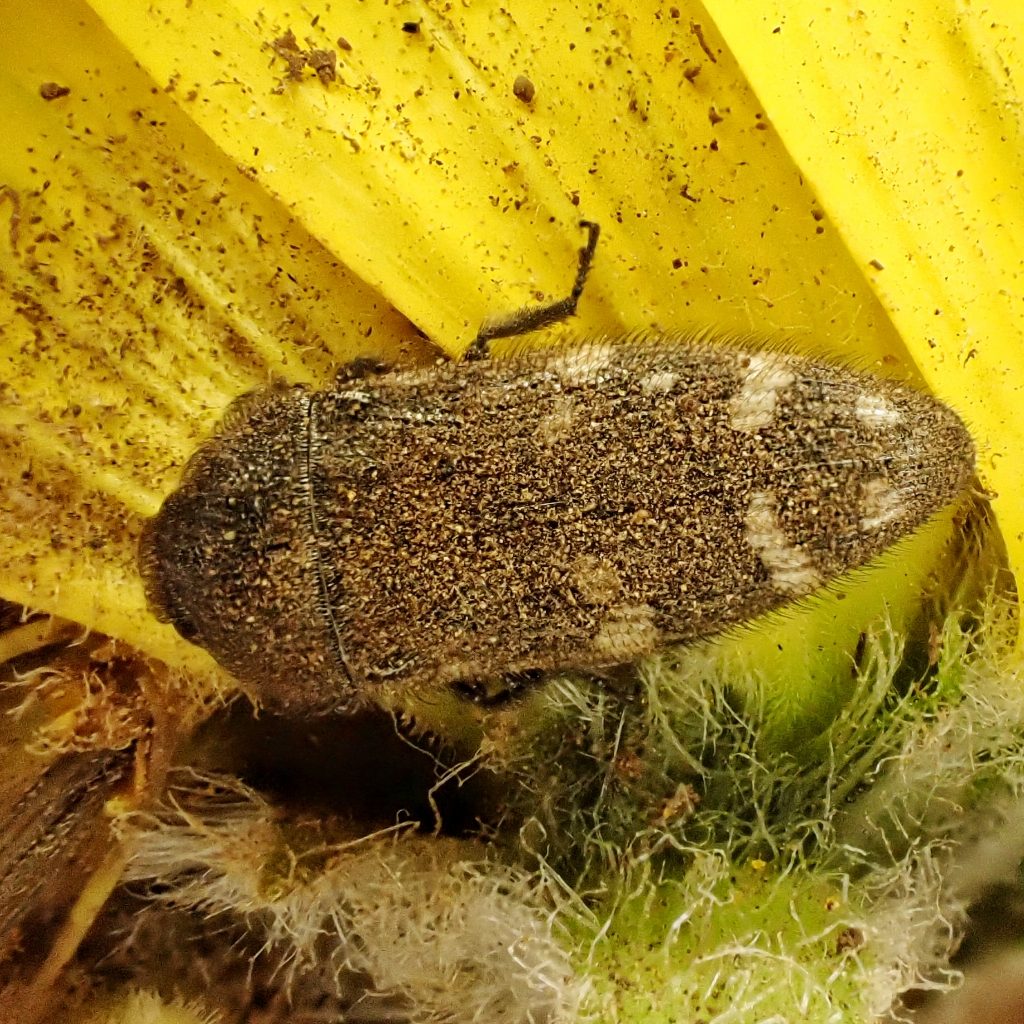
One thing I noted, when I found these two nectaring on balsamroot in the Columbia River Gorge, was that rather than fly away when I got to close with my camera they simply dropped to the ground. I did see one fly when I accidentally kicked the balsamroot stem just after spying the beetle, and while I didn’t immediately think wasp, I wouldn’t have guessed beetle either.
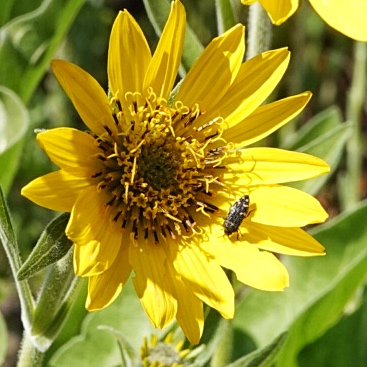
There seems to be a lack of in depth natural history information on Acmaeodera idahoensis. In fact the whole genus seems to be mostly flourishing in the shadows. Possibly this is because the coleopterists keep finding new species, and don’t have time to more thoroughly investigate those already described. Any grad students out there looking for a project?
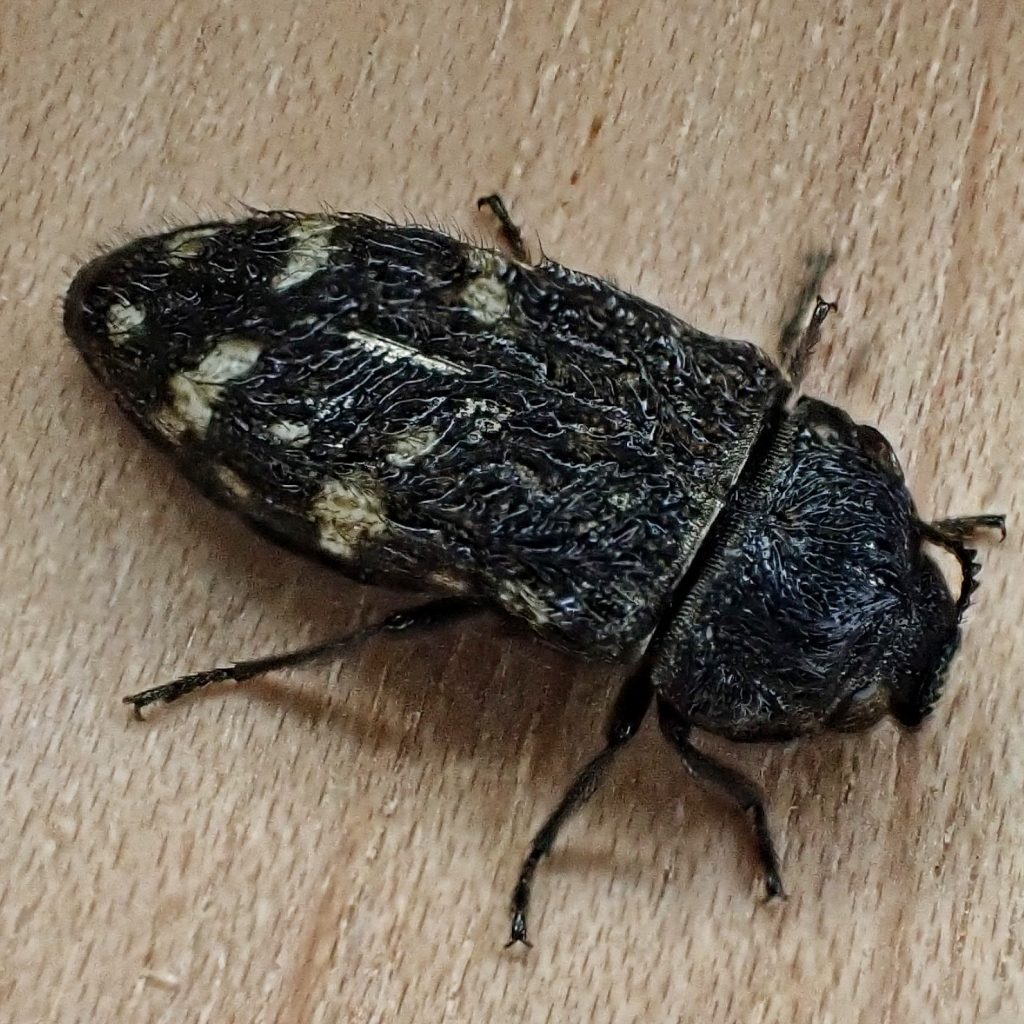
Description– Small (8-12mm) black beetle with sparse black hairs and dense puncturing covering the whole dorsal surface; elytra with relatively large, variable, white to yellow transverse markings; elytra ± 3 times as long as head and pronotum, tapering towards the apex; abdomen black
Similar species– Magnification and a key is required for any level of certainty for identification of anything in this genus; A. connexa and A. acuta have a ridge or plate on the last abdominal sternite.
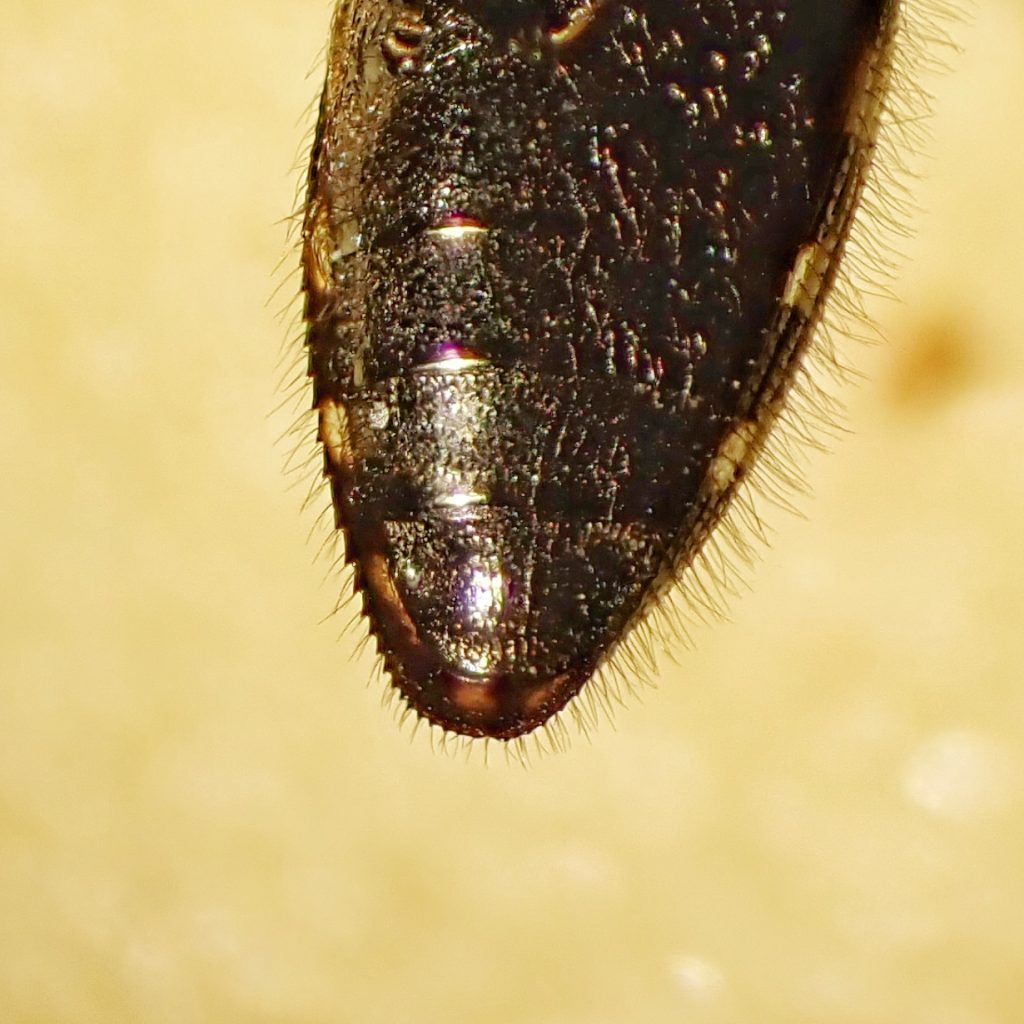
Habitat-Arid to semi-arid hardwood and mixed forests that contain their larval hosts
Range-Western North America; east of the Cascades in our region, wherever their larval hosts are found.
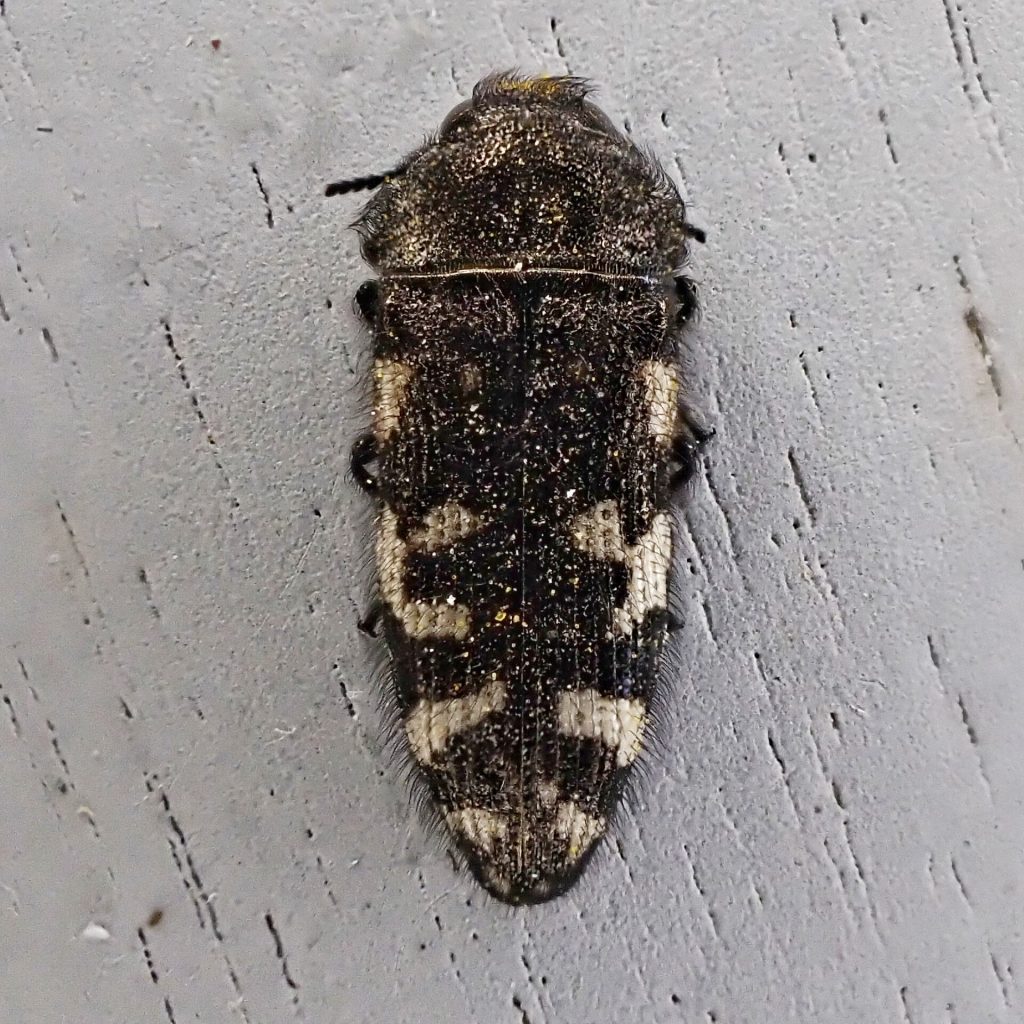
Eats-Larval hosts are Quercus garryana (Garry Oak), Crataegus douglasii (Black Hawthorn), Cercocarpus ludipennis (Mountain Mahogany), and Celtis occidentalis (Hackberry). Adults feed on Balsamorhiza spp., Erigeron linearis, Eriophyllum lanatum and many other flowers in family Asteraceae, as well as a variety of Rosa spp, and Erythranthe guttata (common monkeyflower).
Eaten by–Cerceris fumipennis wasps are known to parasitize this species and use it as a larval host.
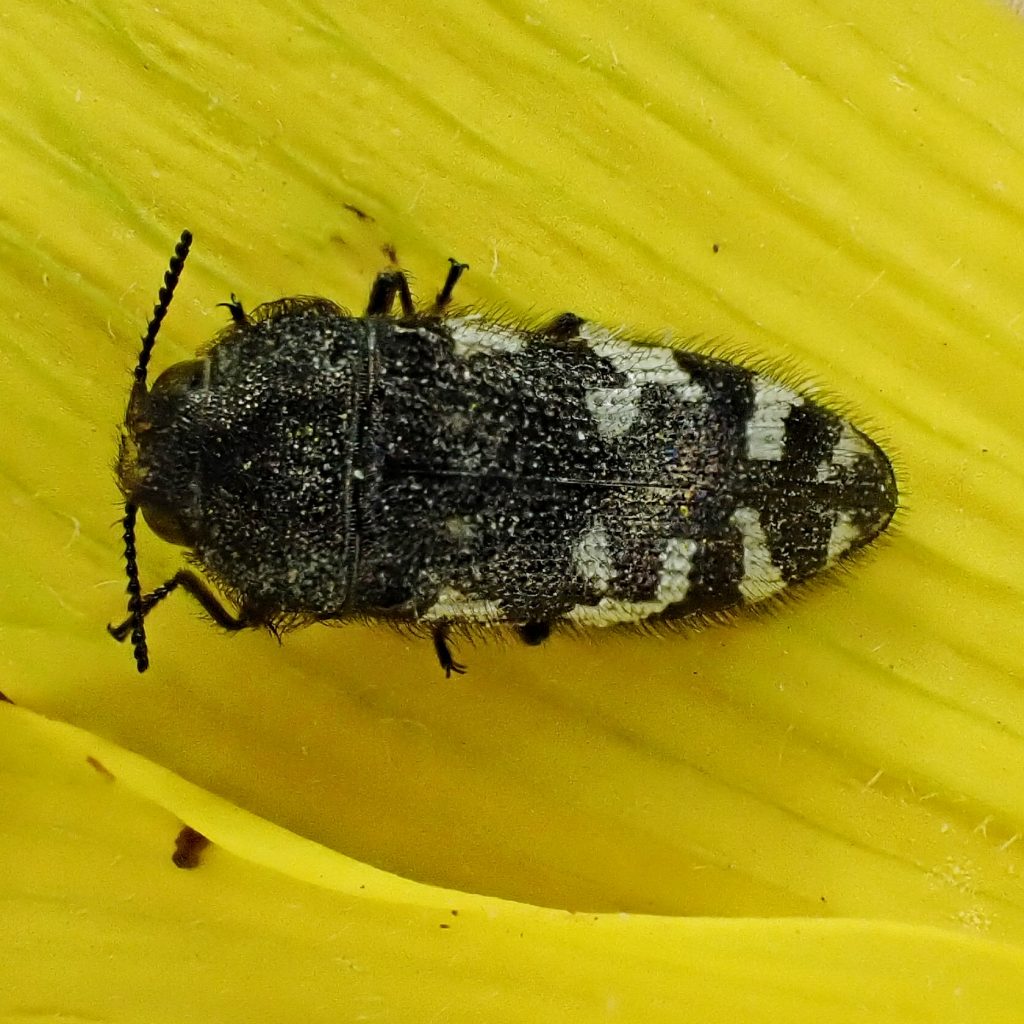
Adults active-Spring and summer
Etymology of names– Acmaeodera may mean something like ‘flourishing in battle’ in Greek, but I can’t say for sure, and I also cannot ascertain what that might reference. The specific epithet idahoensis refers to the location of the type specimen of this species.
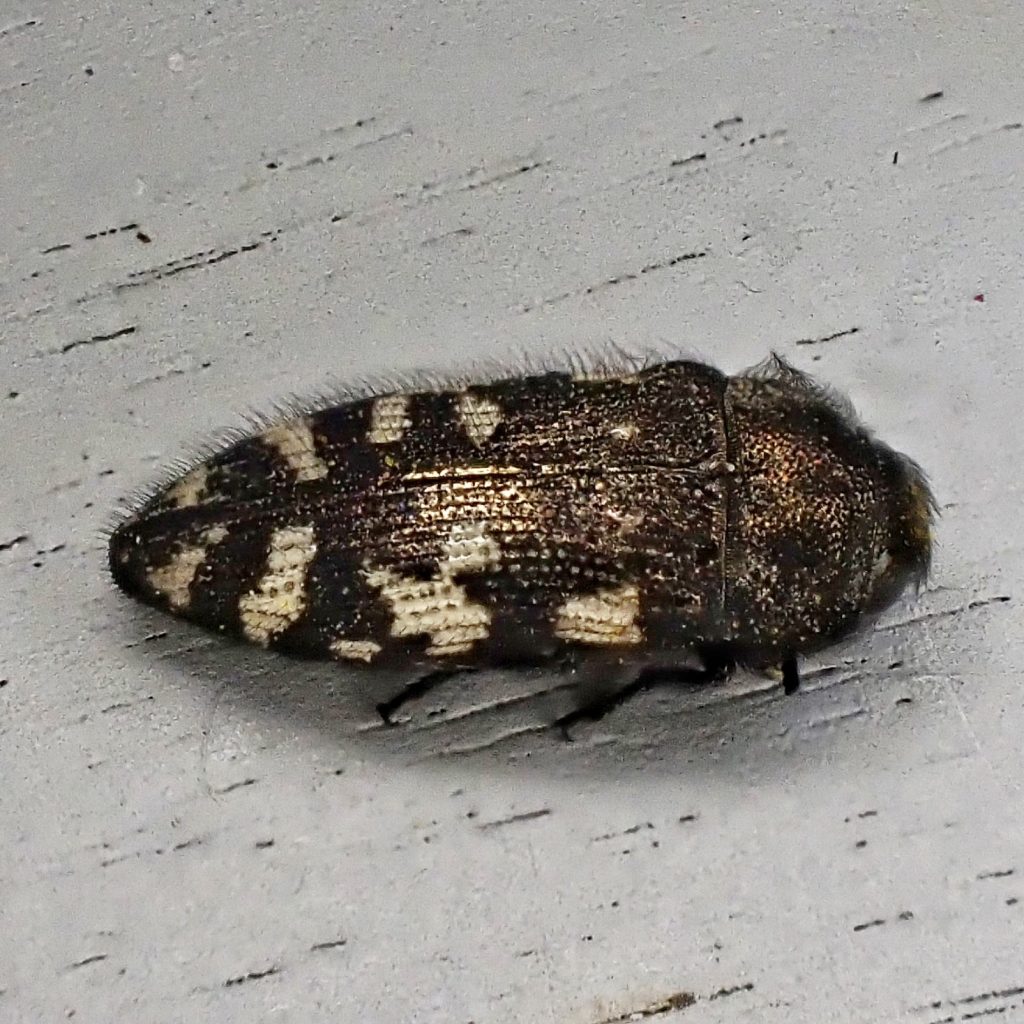
https://bugguide.net/node/view/483539
